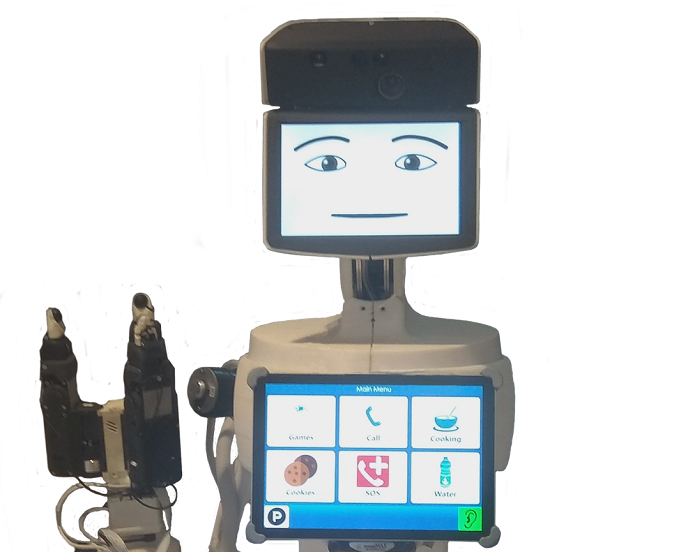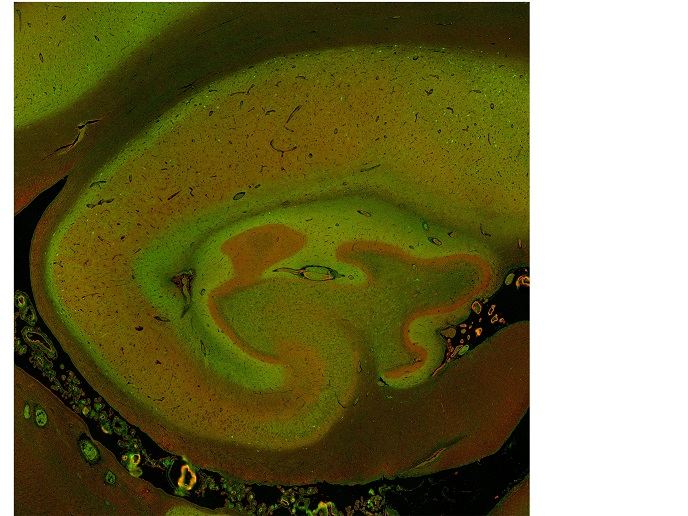Control of mimicked behaviour
According to the ideomotor theory, observation of an action activates a corresponding motor representation in the observer. Sites involved in the brain are also areas concerned with high-order social-cognitive functions, such as 'theory of mind' (ToM), the ability to attribute mental states such as desire and intentions. It has been hypothesised that these "social" areas exert a regulative function over shared representations. MIRRORING AND TOM (Control of imitation and social cognition: the interaction of motor mirroring and theory of mind) researchers focused on how the brain controls shared representations both in the motor domain and higher level socio-cognitive functions. Harnessing brain stimulation techniques and functional magnetic resonance imaging, the scientists showed that mere instructions for counter-imitative mapping changes mirror responses. This suggests that implementation of instructions for a task can overwrite the mirror system and enable a degree of flexibility for different situations. Investigations into mechanisms of response activation and imitation inhibition showed that action interference during movement observation has both response activation and inhibition components. This result will have a strong impact on the study of how self-other distinction is implemented in the brain. Moreover, the researchers showed that although an imitation tendency is always present after action observation, our system is able to overcome it by enforcing motor intention. Looking at ToM in particular, MIRRORING AND TOM showed that implicit ToM or spontaneous mentalisation occurs in the same brain network as explicit ToM. Furthermore, this neural network overlaps with brain areas critical for the control of imitation. Extension of the study to people with high-functioning autism proved to be very successful. The researchers developed a new ToM task to compare behavioural performance during belief tracking under implicit and explicit instructions that enabled identification of subtle deficits not normally detected in this population. They also recorded ToM processing changes when interacting with non-human subjects such as pets. Applications for the research results promise to make an important contribution to developmental disorders such as autism.







